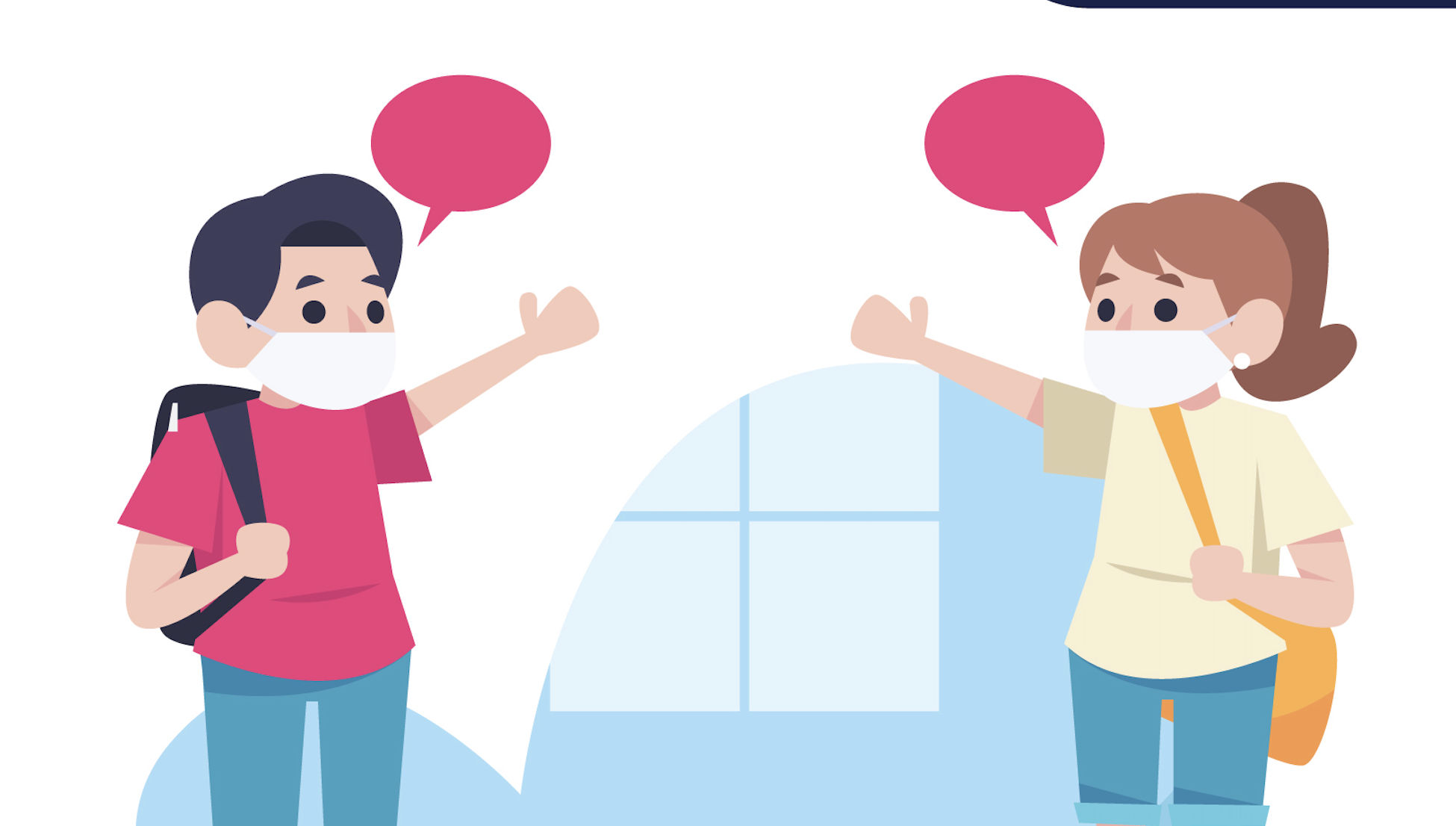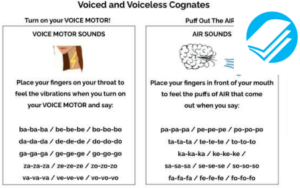As education slowly drifts to a new normal, and parents take stock of where they are and what their priorities are in education, it is best to be aware of what to be on the lookout for because dyslexic students learn so differently.
AUDITORY PROCESSING HURDLES
Because sound can be mildly or profoundly affected among dyslexic students, many aspects of the change in learning – whether it’s through remote only or in person – distancing, masks, and physical barriers can have significant effects on sound.
Some struggle with hearing a teacher, for instance, when they turn to write on a board or when the background noise from an overhead projector or heating or air conditioning unit are on. If the teacher is wearing a mask, then the sounds will be muffled even further and they cannot lip read.
In our clinic, it was very common that children with severe auditory processing problems were referred for “inattentive ADD” although in reality they couldn’t hear what was going on or it sounded as if people were talking underwater.
Some teachers and principals have told us that because of the pandemic, 1:1 and small group interventions have been waived for special education students.
Possible Solutions or Work-Arounds
– FM headsets or speakers for classroom
– Picture supports to support mouth movements and sounds
– Allow students to work with multisensory recorded lessons where they can see and accurately distinguish similar sounds or record their voices for feedback
– Teach a family member how to help at home
– For college students, some student assistant centers are contracting with online tutors such as those as Wyzant to provide 1:1 tutor support. Some tutors are even accessible “on-call” on an urgent basis
MISSING THE PEOPLE NETWORK TO SUPPORT LEARNING AND ORGANIZATION
Some dyslexic students manage as well as they do in the education world because they are “people persons” who have friends in every class and feel confident speaking to teachers and fellow students to help them stay on top of their work.
The switch to remote or remote / hybrid-distance learning has disrupted their usual ways of getting notes, studying for classes, and getting the big picture from teachers or tutors. Some colleges also don’t have their usual staff of peer tutors because of the pandemic.
– Reduce the courseload when possible.
– Request help for navigating online courses – many course programs are difficult to navigate for neurodiverse students. Many teachers may post important information in different ways – for instance, using email, or announcements, or posting in a discussion thread. If you find yourself getting lost in online classes, ask to have a peer tutor screenshare with you, showing you how to organize and find your assignments in different classes.
– Set up calendar or mobile notifications for important due dates.
– Ask for virtual help, whether its online tutors or virtual office hours with your professor. Use video conferencing so the professor can see your face and help develop a personal connection.
– Join or create an online study group (see below). Connect with students on a Slack or Discord for more casual interaction.
ONLINE STUDY GROUPS
Use online study groups with Zoom or group texting like Groupme. If Zoom sessions, record them for students who have to miss a meeting, develop technical problems, or need to review. Some online groups also like incorporating study by using a platform like Kahoot! (designed by a dyslexic!).
ASK FOR AND RECEIVE ACCOMMODATIONS YOU NEED
Because of the many changes due to the pandemic, reassess whether you might need more supports or new accommodations because of the changes that have taken place.
If you’re a parent or tutor of a younger student in remote or hybrid learning, ask your student if they are having a harder time with seeing or hearing some aspect of their lessons. Some of perceptual problems associated with dyslexia are difficult to recognize or put into words, so ask in a way that may not put them on the defensive (for instance, “It can be hard hearing what the teacher is saying when she has a mask on. Are some of what she’s saying hard to hear? I may be able to help you by reviewing some of the things at home…”
Mouth positions and movements can help students learn to distinguish similar sounds. For instance, consonant cognates are produced almost identically, except one is voiced, that is, using the vocal cords at the back of the throat, while the other is voiceless, not using the vocal cords, but using lips, palate, or teeth. Voice consonants can produce a slight vibration if you put a finger on your throat.
So for instance:
See more cards from Boom
Cards HERE.
From Literacy How, watch a close up pronunciation of voiced and voiceless consonants. In the video close-up, you can also often see the throat move when voiced sound is made.














